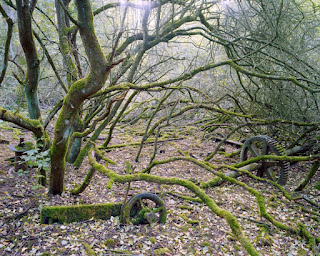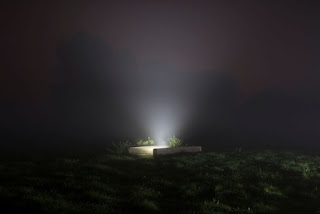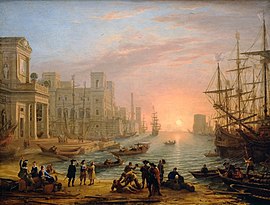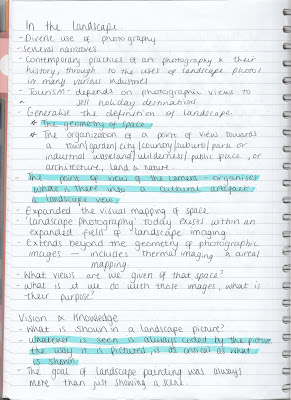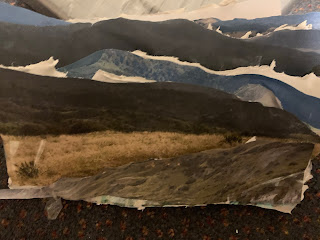Dystopia
Dystopia 'an imagined state or society in which there is great suffering or injustice' 5 characteristics of dystopian fiction Government control . Environmental destruction. Technological control . Survival. Loss of individualism . undesirable frightening It is similar to the sublime but in a man made way the idea of being controlled the natural aspects have gone and it is all about who controls who - but also slightly do humans control nature - when thinking about dystopia nature never really comes into play, it is all about control and technology
